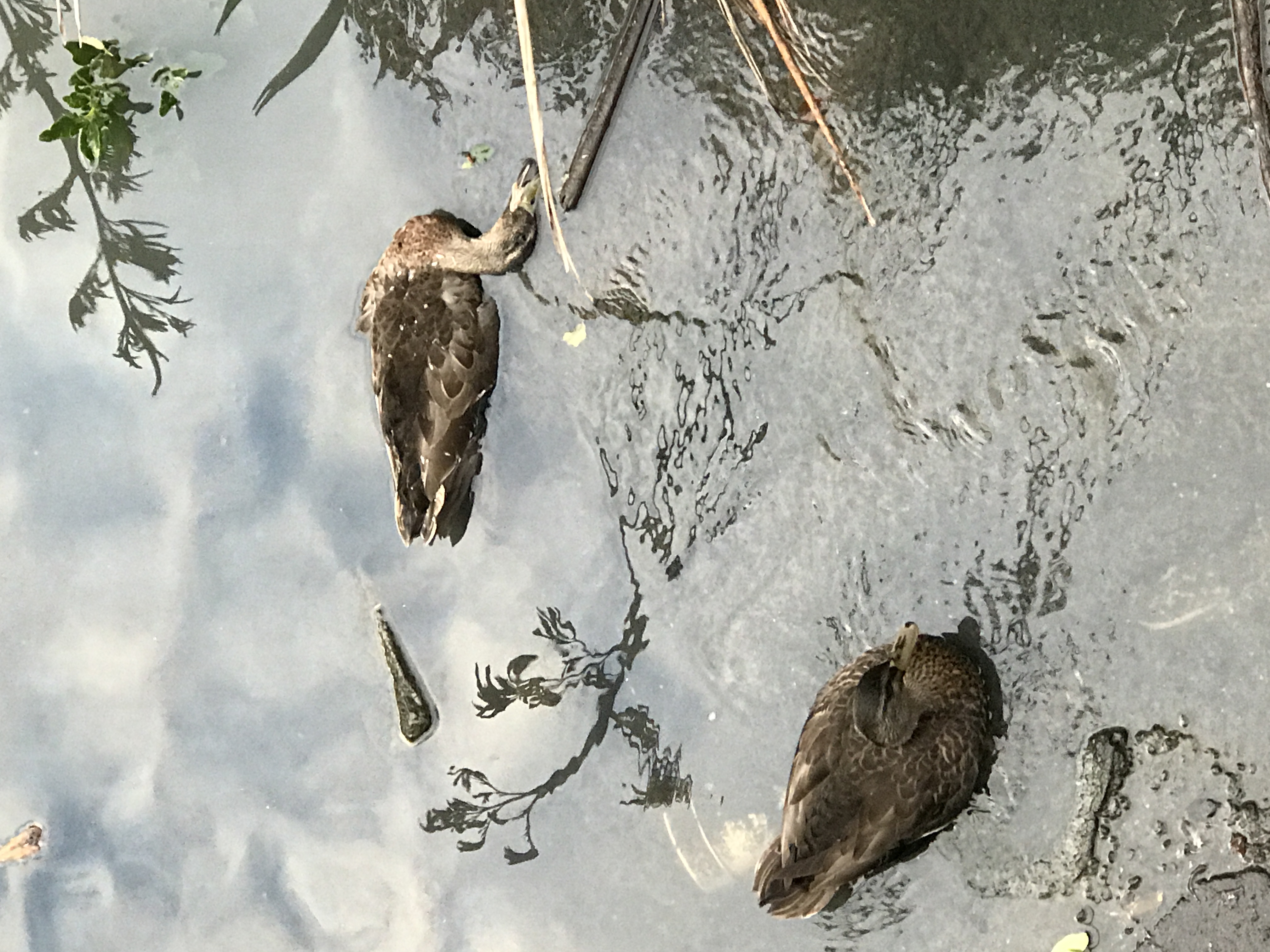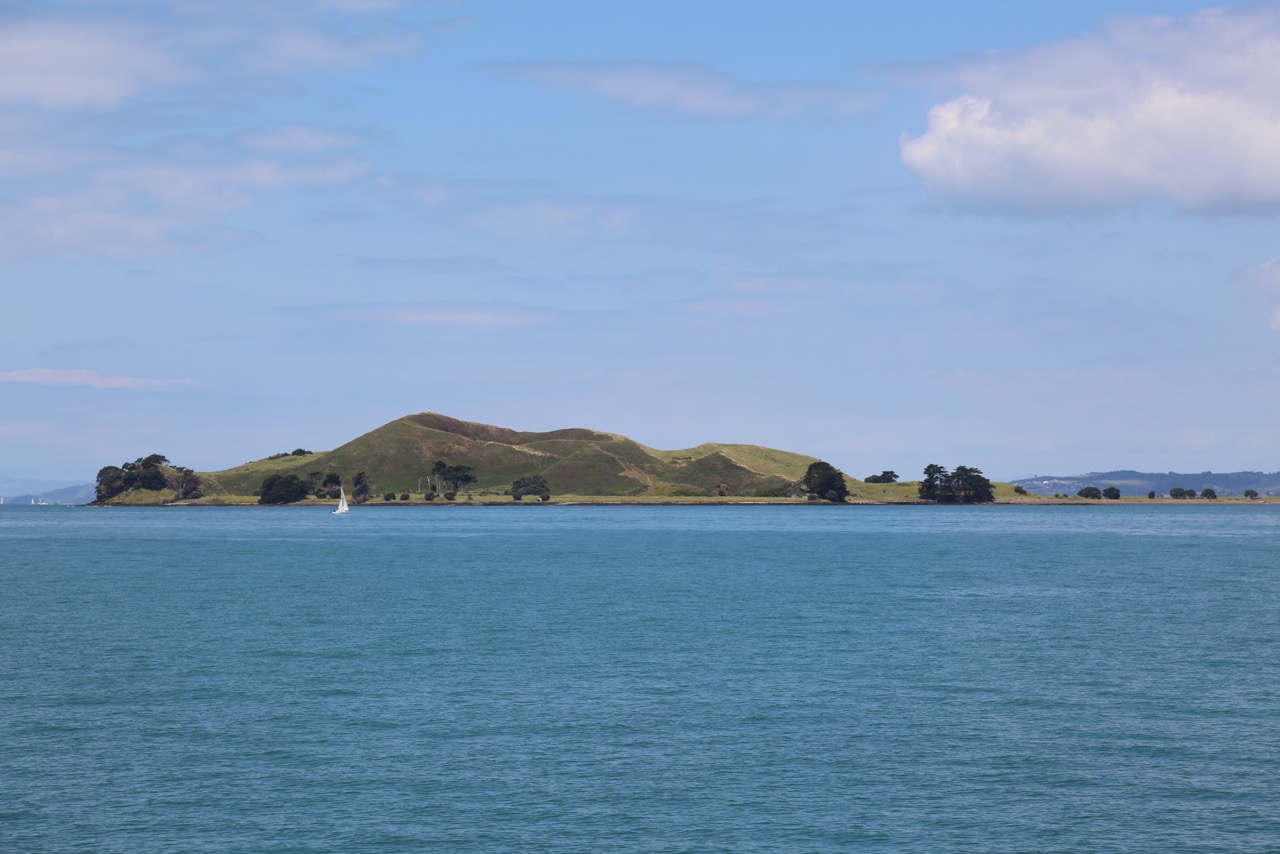The cost of high growth – the dirty secret Auckland council would rather you not know about
It came as a shock to most Aucklanders when the NZ Herald recently revealed the scale of stormwater-driven sewage regularly overflowing into the harbour. The source is mainly from the western side of the CBD (call it greater Ponsonby) but extends inland as far as Mt Eden. It is also coming from Grafton, Newmarket and large parts of Parnell. These are some of the oldest parts of Auckland, some 16,000 dwellings served by what is called the ‘Combined Sewerage Area’. The combined stormwater-sewage system was built in the early 1900s for a much smaller population. Interestingly much of this area has been recently ‘upzoned’ for more intensive development under the Unitary Plan. But the sewerage system is now so overloaded that when it rains as much as little as 5mm, which it does often in Auckland, it increases the volume in the pipes some 40 times over, washing raw sewage not only into the Western Bays but also into the Newmarket stream and Hobson Bay, and even into picturesque Judges Bay – making swimming and water recreation there unsafe for some days after even moderate rainfall. The problem is a direct consequence of Auckland’s growth and the failure over many years to provide for adequate wastewater sanitation. It is an inconvenient truth the Auckland Council and the government driving these high growth policies would rather the public not know about.

Meola Creek – serving the biggest catchment and probably Auckland’s most polluted. (Photo John McCaffrey
The problem first became apparent in the 1970s. By the late 1980s Auckland City Council began to the expensive task of separating the sewer and stormwater pipes. In February 2008 an announcement from Council-owned Metrowater claimed the job would cost $50 million and be completed by 2011. Instead in 2010 separation of wastewater and stormwater was quietly put on the back-burner. Critical momentum was lost when the government decided that the top priority for Auckland was a ‘Super City’. Then the focus turned to a ‘Central Interceptor’ originally proposed to convey both sewage and stormwater directly south from Western Springs via a 13 km tunnel to the Mangere Wastewater Treatment Plant. In 2012 it was planned that work would begin this year and take 10 years to complete. Now the start date has been put back once again to 2019. The Central Interceptor is estimated to cost about one billion dollars and that’s just the start. Ironically the cost of Super City amalgamation, notably the $1.2 billion that the Council paid for a new (still not working properly) IT system, could have easily paid for the Central Interceptor. All that time, 2.2 million cubic metres per year of diluted sewage has been washing into urban streams and the inner Waitematā harbour and the problem is getting worse.
This sorry story I guess could be categorised under ‘Sins of Omission’. Now we come to the Sins of Commission. A key objective of the Super City amalgamation, the Unitary Plan, is a major deregulation of planning rules to drive urban growth and intensification. Like the Super City itself the Unitary Plan was largely government-imposed. And not bothering to wait even for the Unitary Plan, in 2012 Housing Minister Nick Smith pushed through legislation to enable fast-tracked intensified Special Housing Areas (SHA), suspending the normal RMA notification processes.
Like most Aucklanders I had assumed that sewerage problems were being taken care of by the experts. Clearly they haven’t been.
However thanks to the honesty of Watercare’s chief executive Raveen Jaduram, Aucklanders are now learning the sheer scale of the problem – and the real cost of Auckland Council’s and the government’s obsession with high growth. There are over 100 constructed overflow points in the combined system. According to Mr Jaduram, combined sewerage pipes are so overloaded that these overflow points now discharge on average 52 times a year – just about every times it rains. This is a massive breach of the Council’s own 2014 Network Discharge Consent – but do not expect prosecutions any time soon.
There is now a debate going on between Watercare and the Auckland Council stormwater department (now unfortunately rebranded as ‘Healthy Waters’) over whether the Central Interceptor would be adequate to deal with the problem (as claimed by ‘Healthy Waters’) or whether separation of sewage and stormwater also needs to be completed throughout the Combined Sewerage Area (as maintained by Watercare).
In the meantime, in contrast to Mr Jaduram’s refreshing honesty, Council spokespeople, including Mayor Phil Goff, have been trying to talk the problem down, absurdly attempting to convince the public that extra growth and intensification in the inner city combined sewerage area will not add to harbour pollution.
It’s a pity the problem did not get the present level of public scrutiny one year ago when the Unitary Plan was being bulldozed through. But the lesson is clear, growth, (and the profits of private developers), come at a substantial cost, both to ordinary ratepayers and our environment.
This article appears in the April issue of The Hobson.




Thank you so much for your well written article in The Hobson. I’m sorry to hear of the omissions and commissions of Auckland Council, and unfortunately the rate payers will be the ones footing the bill when inevitable improvements are made. I’m terribly, terribly disappointed in Auckland Council and the government for pushing through the Unitary Plan without consideration of the consequences. And storm water/sewage is only one component of my dismay. It is time that we all learned the whole of the real story, and I hope you’re not going to be the only one bringing this to a higher priority in our collective mind than in the past. The cost and inconvenience will only be increasing. Thank you again!
Bethny Uptegrove
P.S.
I voted for you, and I’m so glad I did!
Thanks Bethny. Your words are much appreciated.
This is an awesome piece! Thanks for writing & publishing it.